
Nothing characterises Spain as much as the charm and diversity of its villages. We all know its beautiful northern fishing villages, or the pueblos blancos of Andalucía, and other interesting samples such as the Smurf village and the town with inhabited cave houses. There are many differences between them, but they all have a fantastic atmosphere that invites us to get lost in their streets.
The Pueblos Mágicos project (‘Magical Towns’) compiles some of these villages on a ranking that expands every year: the Pueblos Mágicos de España. It can be difficult to choose because every village has plenty of attractions. For this reason, this project explores diverse aspects of every candidate, such as its cultural richness, its historic and religious monuments, its traditional festivities, and its local gastronomy.
17 villages have been added to the list in 2024. Let’s take a look at them!
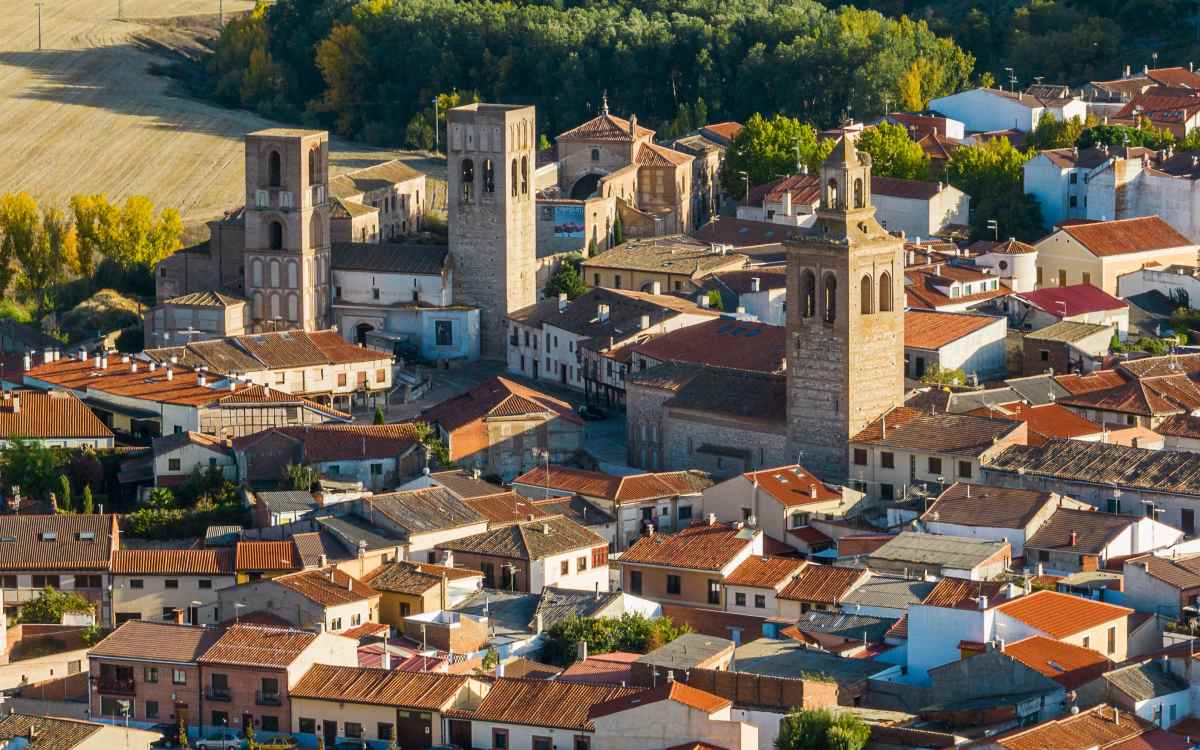
Arévalo. | Shutterstock
Arévalo has a broad and diversified monumental complex, which is, without a doubt, one of its main attractions. So it’s its gastronomy and its most famous dish: the ‘tostón’ or roasted suckling pig. Arévalo is so charming that its pebbled streets, which preserve its medieval atmosphere, were once home to very emblematic figures. Isabella I, queen of Castile, was one of them.
Ver esta publicación en Instagram
The small town of Jasa sits among the mountains of the Aragüés Valley. Its less than 9 square kilometres have that calm that can only be found in the mountains. Around 100 people live here. Jasa’s calm and the green, thick fields around it make it one of the best places to disconnect and enjoy nature.

Beteta. | Shutterstock
Beteta sits in the northern area of Cuenca, in the Serranía. It is known for the cultivation of osier, an essential material in Spanish arts and crafts. If you are a nature enthusiast, this is a great place to access the Alto Tajo Natural Park, a fabulous natural space of over 100,000 hectares.

The Júcar River. | Shutterstock
A long riverside embraces the Júcar River. This area belongs to Valdeganga, a quiet municipality that has gained popularity among nature and fishing enthusiasts. It is still possible to find remains of its Roman era, such as the famous Puente Torres.

Marqués de Santa Cruz Palace. | Shutterstock
Viso del Marqués (or El Viso del Puerto del Muraldal, its former name) has always been a crowded place. The ways that link Madrid to Andalucía cross in this village. It also houses the only Italian-inspired castle preserved in Spain, the Marqués de Santa Cruz Palace, whose passageways and rooms will delight every art lover.

Montefrío. | Shutterstock
Montefrío is one of those Andalusian white villages you fall in love with at first sight. Its sharp silhouette is hard to forget. This village unfolds at the foot of a magnificent mountain, on whose top rests a church that was built from the remains of a Nasrid castle at the behest of the Catholic Monarchs.

Inner courtyard at Monasterio de Tentudía. | Shutterstock
Calera de León shelters a very complete Gothic and Mudéjar architectural complex. Its Monasterio de Tentudía and its homely inner courtyard are worth a mention. This building was declared a Bien de Interés Cultural, just like the nearby Conventual Santiaguista in the heart of the village.

Pinos Genil is every nature lover’s dream. | Shutterstock
We are now heading to the breathtaking Sierra Nevada, only a few kilometres from Granada. Pinos Genil’s houses scatter throughout both banks of the river that shares its name. If you like hiking, Pinos Genil is a mandatory visit. Besides, its Centre of Interpretation of the Tranvía de la Sierra brings a unique perspective on Granada’s history through many exhibition halls that make their visitors travel back in time.
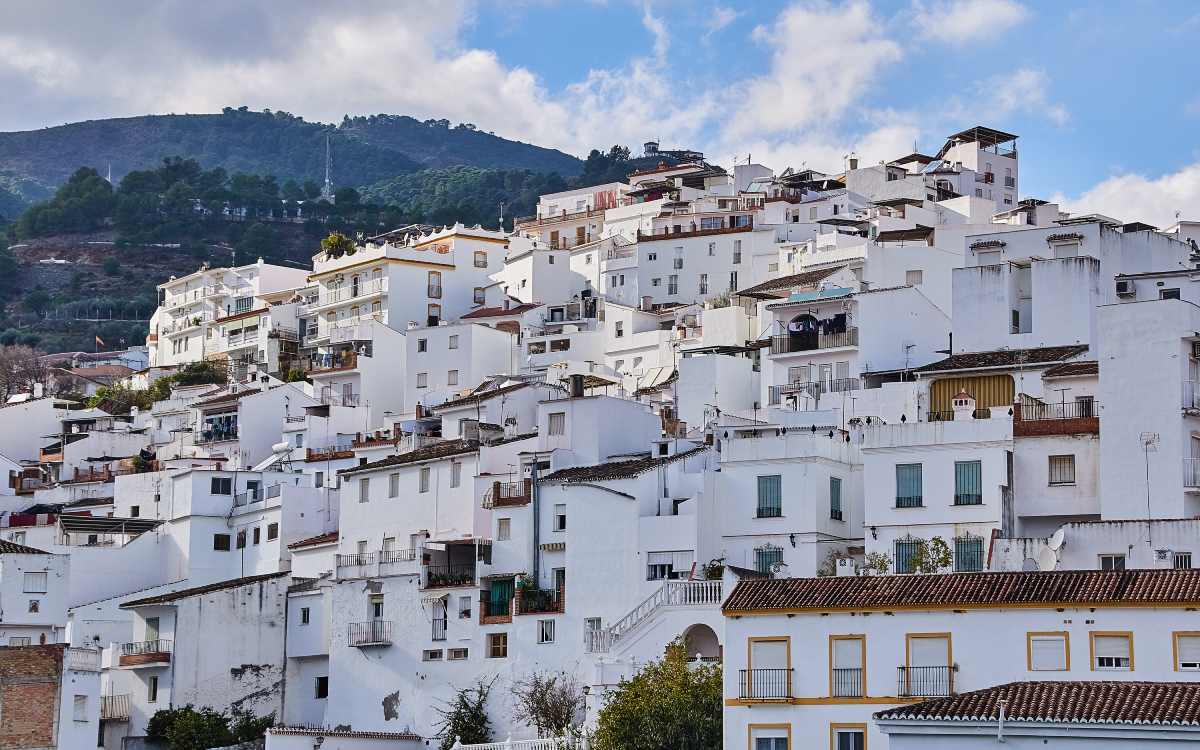
Tolox. | Shutterstock
Tolox is one of those Andalusian white giants that steal every heart along the way. Its origins date back to the Neolithic period. Tolox sits in the perfect location to enjoy an excursion to the Sierra de las Nieves National Park. The visit must include tasting its wide gastronomy and high-quality local products.
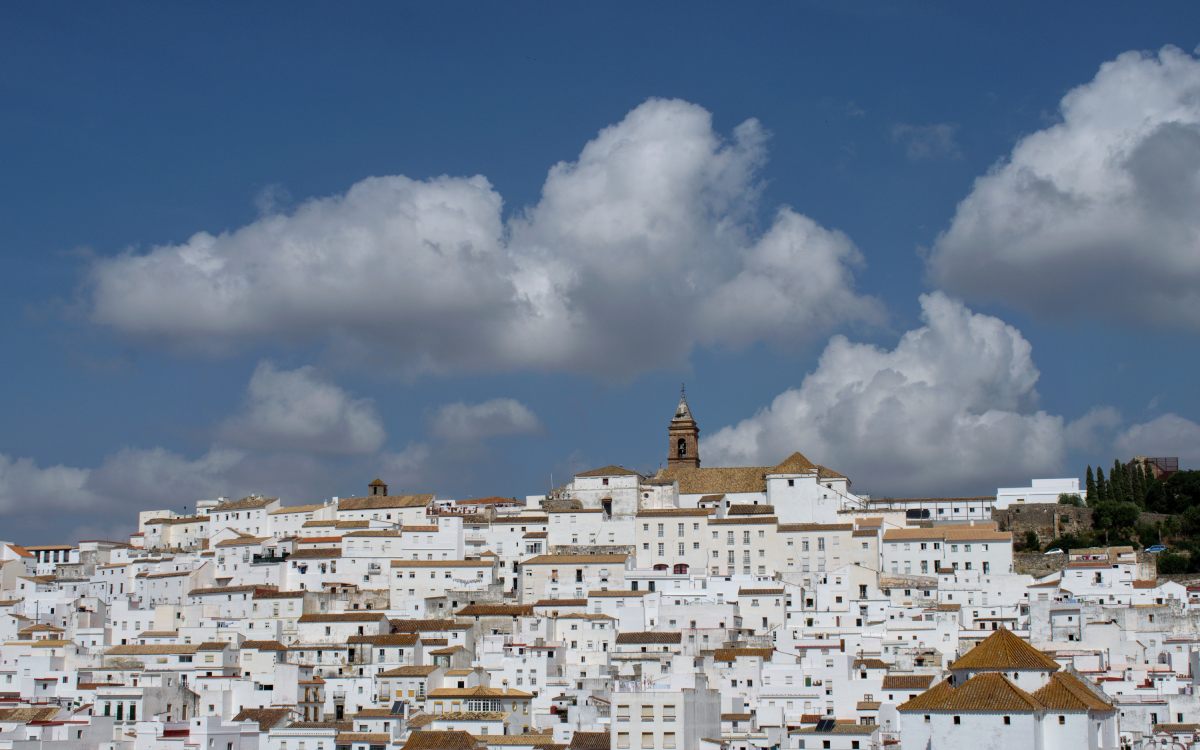
Alcalá de los Gazules. | Shutterstock
The 10th magic village can be found in the bright Cádiz. Alcalá de los Gazules is one of those perfect destinations that offer endless possibilities. It is the perfect starting point for exploring the Los Alcornocales Natural Park, so active tourism is one of its main tourist attractions. It also preserves the remains of its Roman past.
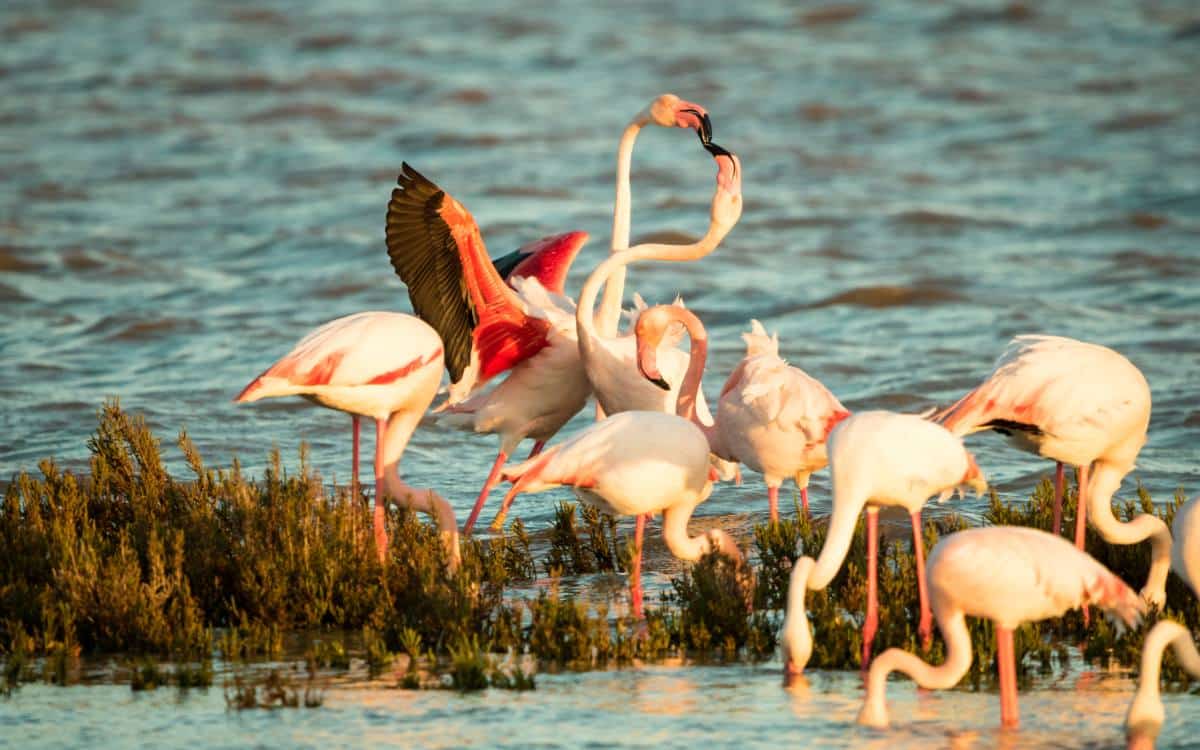
Flamingos in Fuente de Piedra Lagoon. | Shutterstock
Fuente de Piedra lies in northern Málaga and expands around the Fuente de Piedra Lagoon. This natural space is home to a large flamingo colony. Fuente de Piedra’s water gained fame because of the belief that it had extraordinary properties, and people from every corner of the country travelled to find them. Thanks to its flora and fauna, as well as its popular wine cellars, it has been declared a Pueblo Mágico.

Enix. | Shutterstock
As in the previous case, Enix’s renown comes from its water. In fact, its name derives from a Germanic word that refers to them, ‘nix.’ This place is a true oasis of calm. And Enix won’t make you choose between the sea and the mountains: the gorgeous, tranquil, and cosy El Palmer Beach and Sierra de Enix await you.
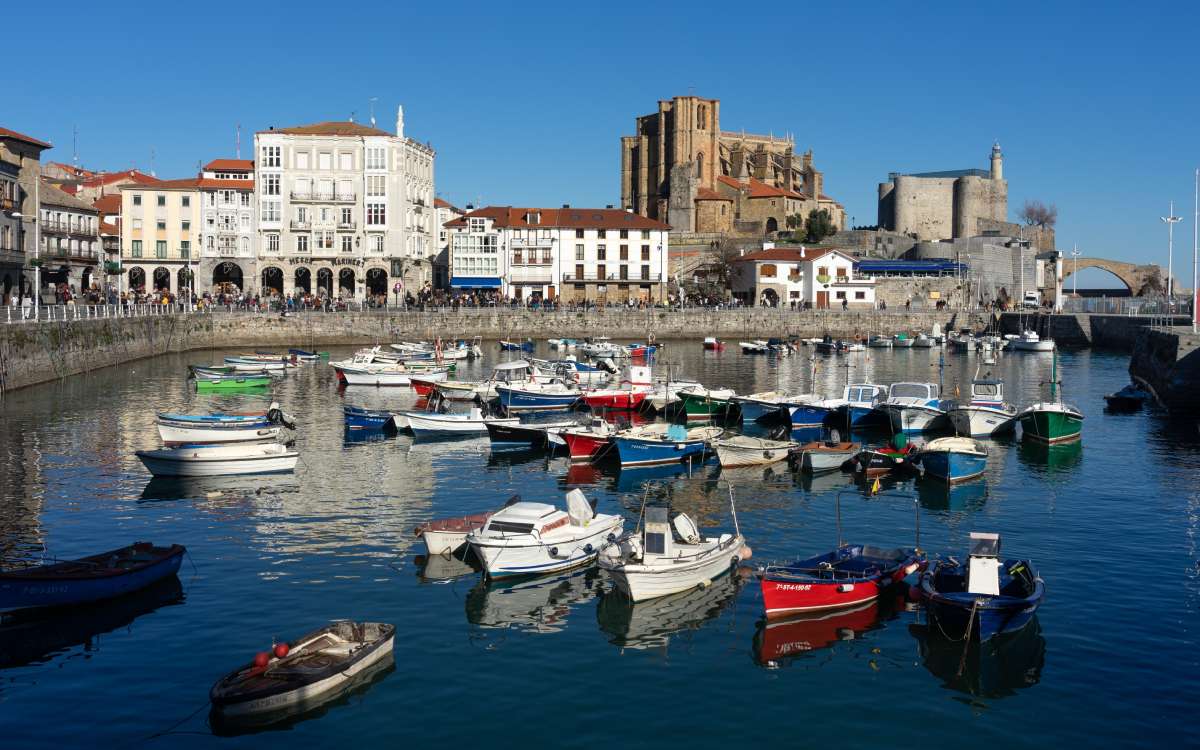
Castro-Urdiales. | Shutterstock
Nestled among grandiose and even intimidating cliffs, Castro-Urdiales is the most illustrative example of a northern village. Its special charm partly resides in its wide monumental patrimony. The Santa María de la Asunción Church is a must-see, an impressive building that arises at the back of most pictures of the town.
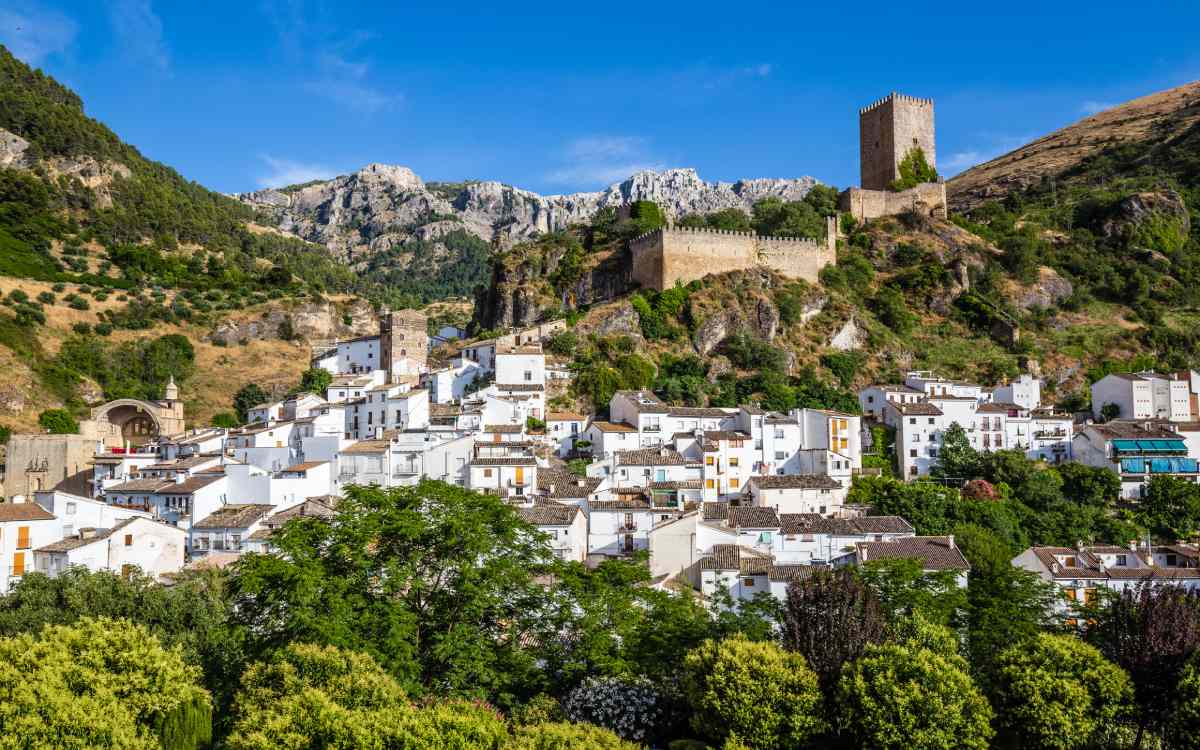
Cazorla. | Shutterstock
Cazorla seems straight out of a fairy tale. This ocean of white, tiny houses sits in the heart of the Sierras de Cazorla, Segura y Las Villas Natural Park, a privileged location that attracts visitors at any time of the year.

Villa de Mazo’s traditional architecture. | Shutterstock
We are setting sail to get to the next magic village. Villa de Mazo holds breathtaking architecture and a labyrinth of pebbled streets you will never want to exit. Get immersed in the village’s history in the Belmaco Archaeological Park and the Casa Roja Museum. And, if time permits, you should take one of the local routes.
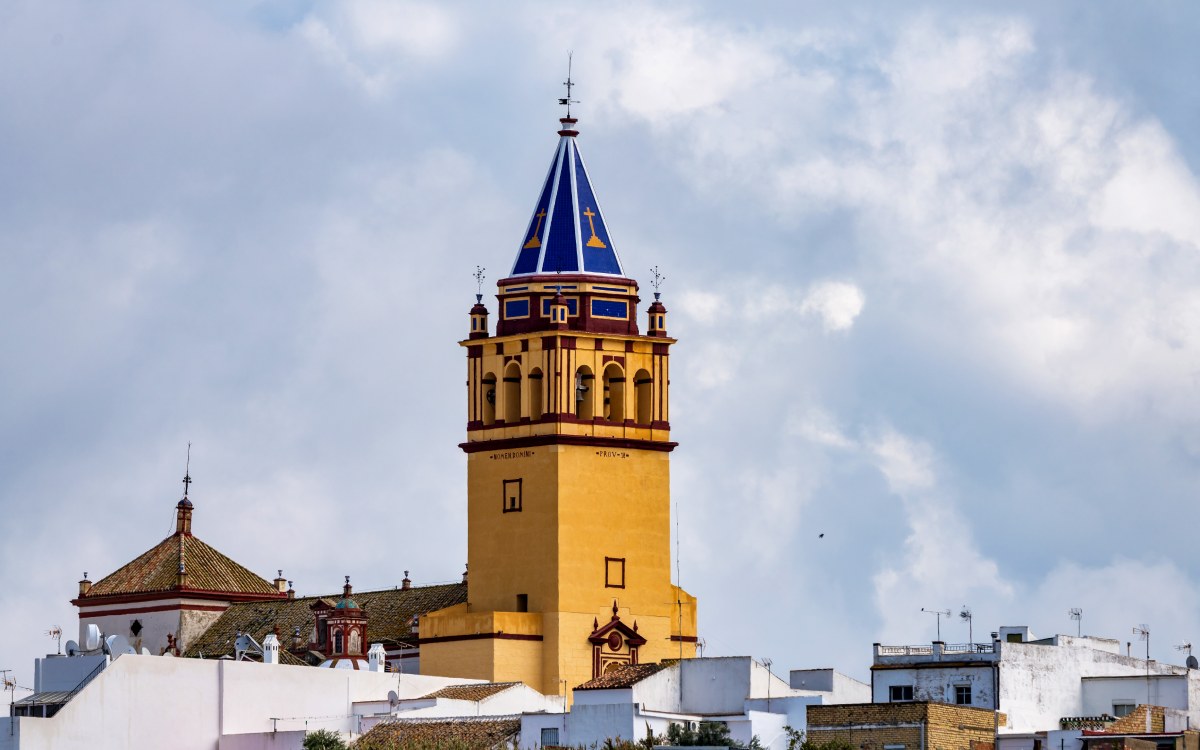
Torresdaleá of the Nuestra Señora de Consolación Parish Church. | Shutterstock
El Coronil’s silhouette is culminated with the torresdaleá of the Nuestra Señora de Consolación Parish Church, a bright building that combines Classicist and Mudéjar elements. This village is part of the Vía Serrana of the Camino de Santiago.
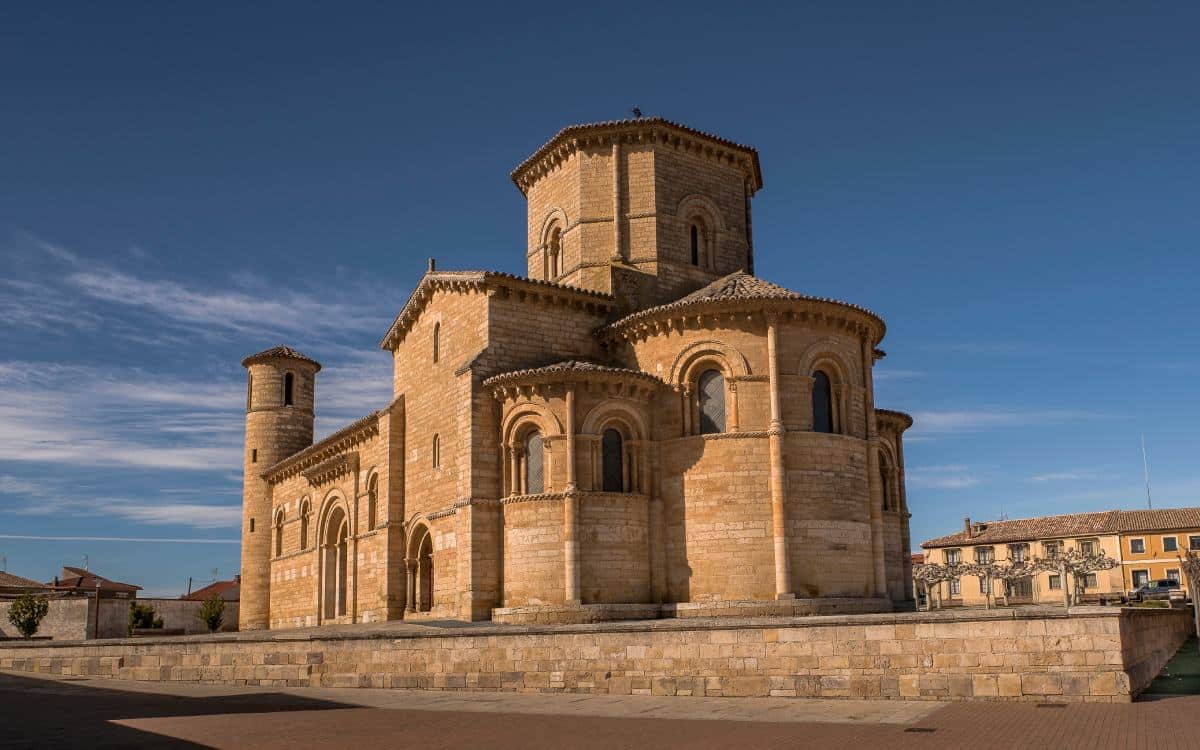
Frómista. | Shutterstock
Frómista is the last element of this ranking. Like the previous sample, this village is extremely linked to the Way to Santiago. It belongs to the Camino Francés (or the French Way), but this isn’t the only reason why thousands of people visit it every year. Its adobe houses, its beautiful churches, and its familiar and warm people make it a lovely Spanish village full of charm and magic.
Follow us on Facebook!